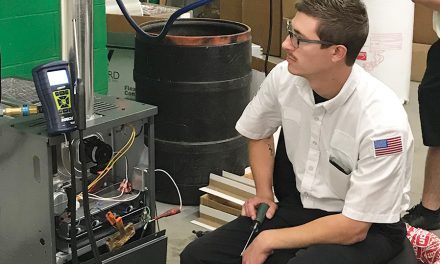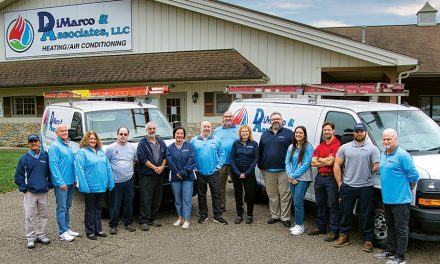As we begin in 2020, the U.S. economy is slowing down. We do not yet have 2019 fourth-quarter U.S. Gross Domestic Product (GDP) results (they are due out in late January), but results through the third quarter of 2019 show the economy’s diminishing growth rate.

This slowing trend has been underway since the second half of 2018 and is consistent with our forecast and what our leading indicators have been suggesting for quite some time.
Our analysis indicates that the economy is on track for further deceleration in the fourth quarter of 2019 and a potential first-quarter 2020 contraction in GDP. However, we anticipate the economy will avoid outright recession in 2020, gaining firmer footing and accelerating during the second half of the year.
That’s good news. The bad news, for you who serve the commercial marketplace, is that you lag the broader macroeconomy. The economic headwinds of 2019 and early 2020 are poised to linger over the industry through 2020 and into 2021.
The Economic Train
In my keynote presentations, I often ask folks to think of the overall U.S. economy as a train, with each of its various sectors as different cars.
This is a useful way to show how different sectors experience economic shifts and headwinds at different times. Some sectors are closer to the front of the train, hitting the bends, slopes, and tunnels first, while others are toward the caboose, blissfully unaware of the shifts occurring toward the front.
This is especially apparent when we examine the U.S. construction space. The residential market is nestled close to the locomotive; it is often first into the turbulence of an economic storm, but it is also one of the first sectors to come out of it. At ITR, we see the U.S. housing market as a very important leading indicator ‘ we view its shifts through the business cycle as a likely path for the overall economy as measured by GDP.
This is precisely what we saw play out during the last year, as the new housing market was faltering in late 2018 while the overall economy was still near its business cycle peak. The housing market continued to slow and eventually contracted in 2019, and the U.S. economy has been following just behind, posting diminishing growth rates in 2019.
Now, we see encouraging signals that the new housing market is rounding the corner in early 2020, out in front of the improvement that we anticipate for the overall economy during the second half of the year.
However, the commercial construction market is at the back of the train, which is limping into the opening quarter of 2020.
U.S. Private Nonresidential (commercial) Construction during the 12 months through October 2019 (most recent data available) is down 0.2% compared to the same 12-month period a year ago. Private Nonresidential Construction lags U.S. GDP through the business cycle by 15 months. In other words, Nonresidential Construction is way back toward the caboose of the train and has yet to feel the brunt of the deceleration currently impacting the US economy.
Much larger than your typical residential project, commercial projects last months at a minimum, if not years. The large size and scale lead to a lethargic response to shifting economic trends; thus, we can expect the current economic slowdown to linger over the industry into 2021.
Fortunately, this economic downturn is mild and will stop well short of the extreme recessionary conditions through which the U.S. economy suffered a decade ago.
Prepare for some headwinds to impact growth for your commercial construction-tied business, but not a collapse.
Click below to go to the next page:













Recent Comments